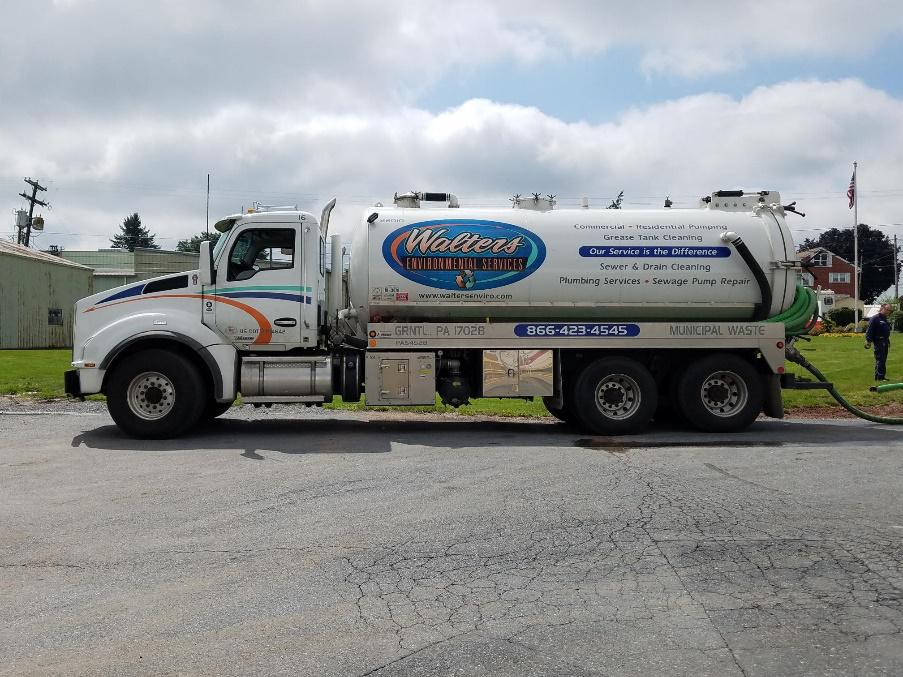What to Expect on Septic Pumping Day
If
you're a new homeowner, the thought of your first septic pumping may
make you a bit nervous, especially if you don't know what to expect.
Here are five things to expect the technician will do when they show
up to clean out your tank.
1. Locating the Septic Tank
There's no society for the humane treatment of septic systems, so many homeowners neglect their septic for years or even decades. Unfortunately, that often means the next owner (you) and the septic technicians have to pay the price. In some cases, the septic has gone untouched for so long nobody knows where the tank is actually buried.
In this scenario, the technician will have to hunt it out. They may ask for the as-built diagram (which you can typically get from the county records office). This can function as a treasure map to show where the tank is buried. If you don't have it on hand, the technician may look for where the sewer line leaves your house and follow it out to find the tank.
2. Accessing the Tank
Your septic tank holds three layers of waste: the solids on the bottom, the liquid effluent in the middle, and a scum layer floating on top. The technician will start out by inserting a hose into the access hole in order to start pumping the waste out. However, contrary to popular opinion, the liquid waste is not the primary target here.
Liquid waste can filter out to the leach field and get processed into the ground; during pumping, it's mostly removed in order to get the scum and solids along with it. The scum and solids are the primary targets of pumping. A good technician will use a long-handled tool to scrape the solids up off the bottom of the tank so they can be pumped out along with the liquids.
3. Pumping Out the Effluent
Your septic tank holds three layers of waste: the solids on the bottom, the liquid effluent in the middle, and a scum layer floating on top. The technician will start out by inserting a hose into the access hole in order to start pumping the waste out. However, contrary to popular opinion, the liquid waste is not the primary target here.
Liquid
waste can filter out to the leach field and get processed into the
ground; during pumping, it's mostly removed in order to get the scum
and solids along with it. The scum and solids are the primary targets
of pumping. A good technician will use a long-handled tool to scrape
the solids up off the bottom of the tank so they can be pumped out
along with the liquids.
4. Cleaning the Filter and Other Maintenance
Not every pumping service is the same, so be sure you ask what's included with the service before hiring one. A great pumping service will often include inspection and cleaning of the septic filter if applicable, along with other maintenance and inspection details such as assessing the state of the tank lids and the septic baffles
5. Disposing of the Wastewater
The wastewater will end up in a Environmentally friendly wastewater treatment facility (such as the facility where wastewater from nearby city sewers is processed) and/or it could be used to help fertilize farms and agricultural facilities.
Because disposal, maintenance and inspection, and digging charges can all vary somewhat based on the septic company you choose, be sure to ask about these issues before the day of the pump-out so there is no misunderstanding. For more information about the cleaning, pumping, and repair services we offer, contact Walters Environmental Services today.





